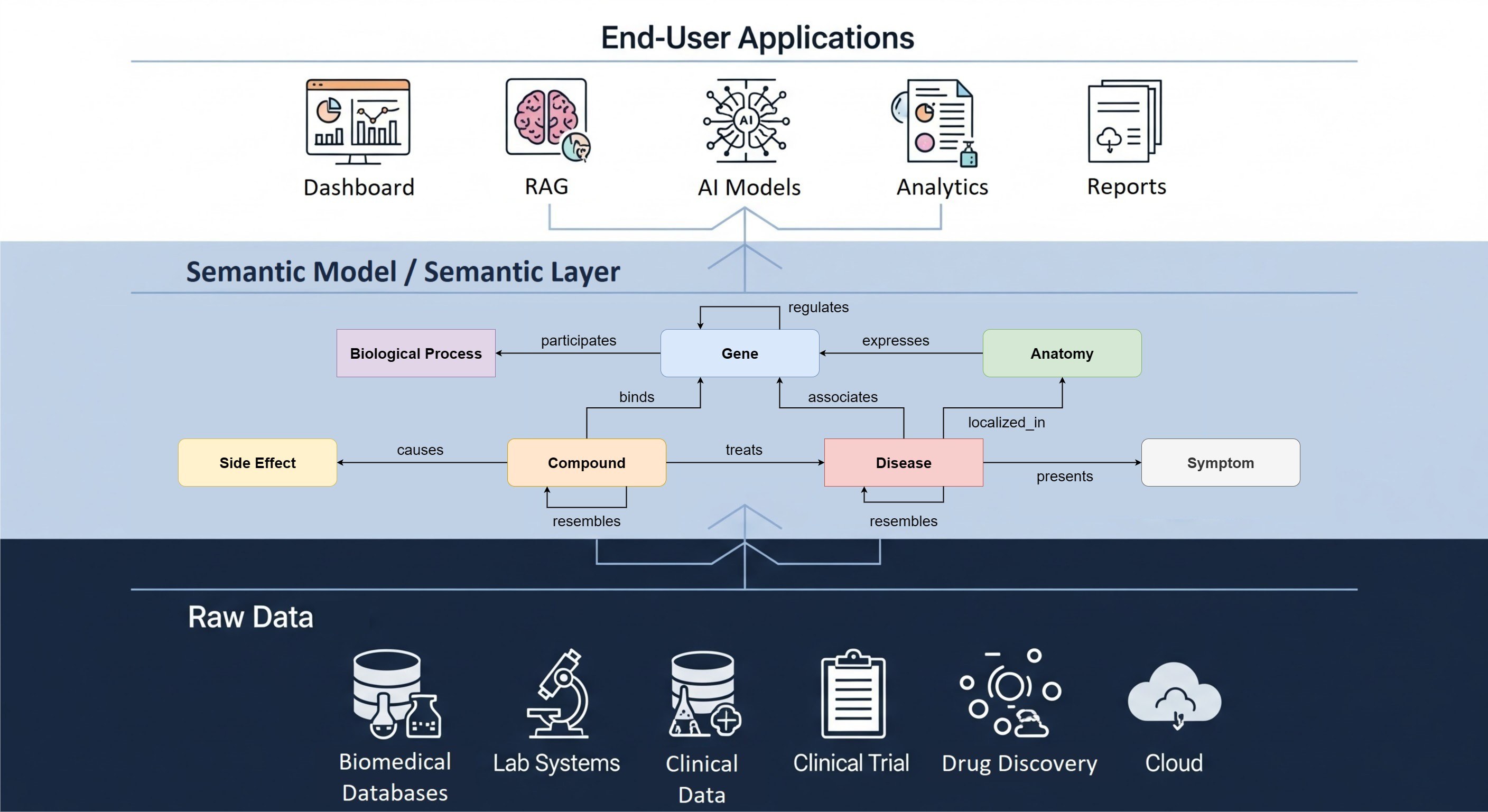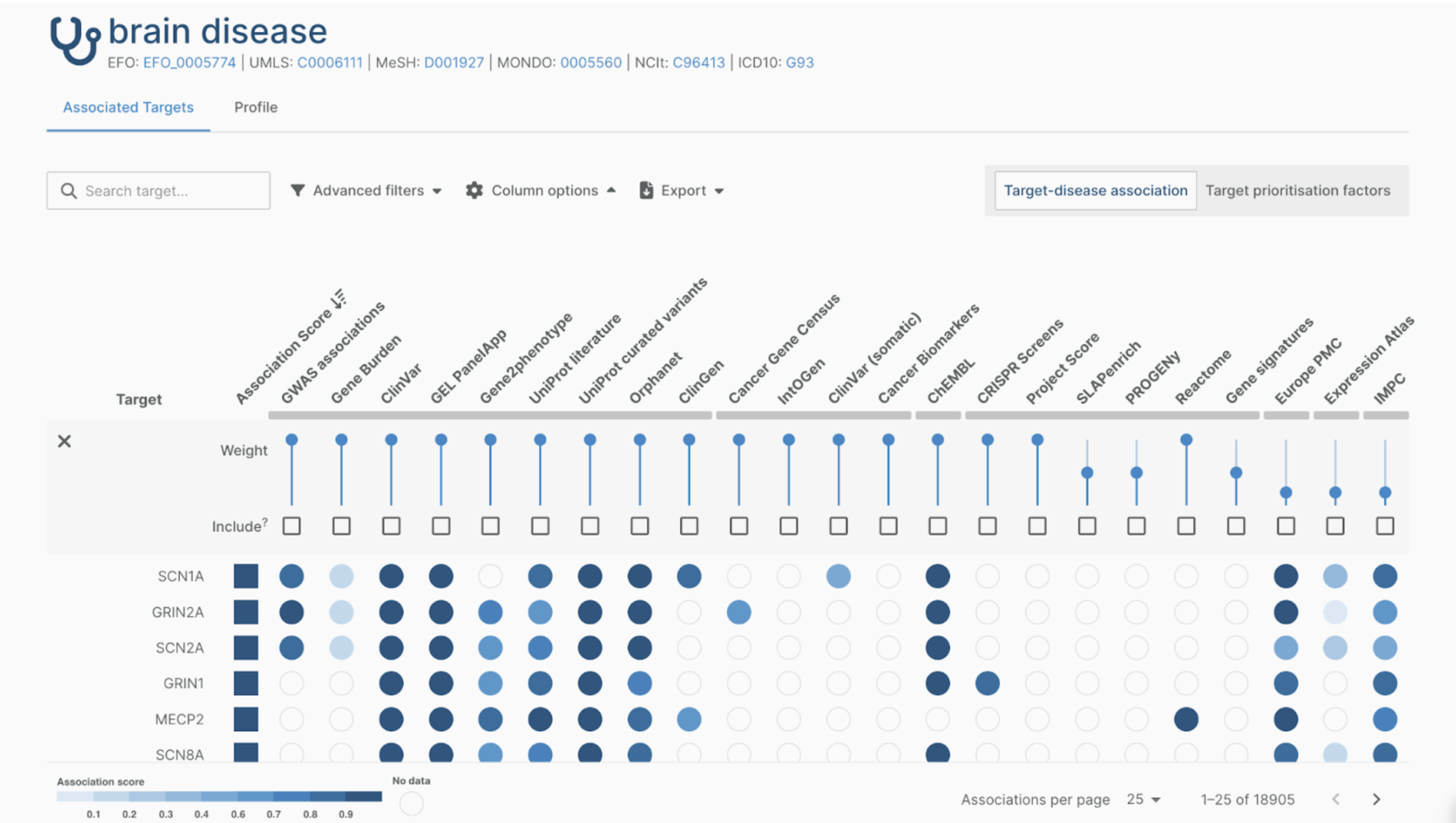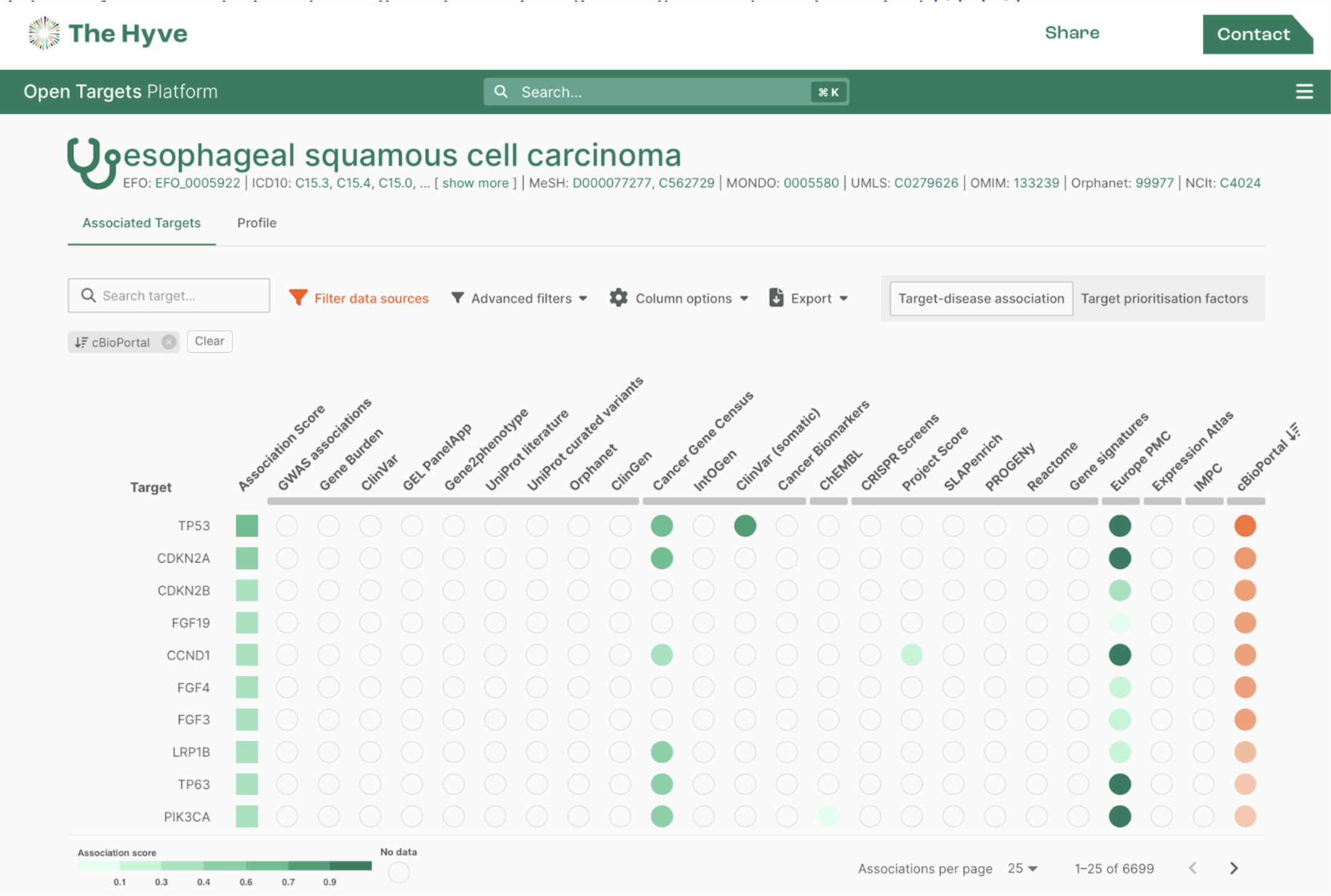RADAR-base, the platform for remote data collection, storage and analysis has been built with a strong focus on scalability. While the platform has proven its value in numerous case studies in on-premise deployments on local servers and in cloud deployments, we see a rising demand for cloud native solutions. To further improve scalability in a simple and secure way, Kubernetes support was added to the platform.

Kubernetes is an orchestration system that allows automatic application deployment and is basically the next generation of the system that runs Google. It enables applications to run on multiple hosts and automatically increases to number of applications based on current demands. In case an application crashes it will try to recover it to a healthy state. As shown in figure above Kuberenetes can run on top of major cloud providers.
With the help of Kubernetes, the RADAR-base platform can easily be deployed on a cluster of server computers and support increasing number of participants which can result from an increasing number of studies, recruitment of additional patients to a trial or changes in data streams or sampling frequencies. Now RADAR-base can be installed in every cloud provider and in on-premise servers so there are no restrictions to any vendor or product. Besides, it’s completely open-source and accessible on Github.
Easy and Secure RADAR-base Upscaling through Kubernetes
One of our main goals with adding support for Kubernetes is to ensure that the initial RADAR-base deployment remains simple and despite the complexity of the platform and the large number of configurable components, maintenance or updating of the application requires only minimal effort. To achieve this we use a package manager for applications that are running on top of the Kubernetes. Because the applications are packaged, it’s easy to customize, bundle with some other components and install them everywhere.
The deployment of the platform on Kubernetes requires only a few steps, such as changing a limited number of variables in a text file and running a command to start the deployment. This approach allows the user to highly customize the setup based on current needs without adding complexity to the system. This is especially important for the RADAR-base platform as the core components can be combined with a wide range of optional components. These are often study specific and don’t need to be included in every deployment. To further reduce the maintenance efforts, the Radar-base bundle contains applications to automatically monitor and safeguard the platform. Those tools are installed in the deployment process of the platform and provide pre-made dashboards to visualize the health status of the applications. It’s also possible to create automated alerts to communication channels such as Email, Slack or PagerDuty. This approach enables users to quickly intervene in case they encounter issues, minimizing the risk of data loss or unavailability of the platform.
Running RADAR-base on top of Kubernetes makes installation and maintenance of decentralized and multi-site studies significantly easier. The Hyve supports such studies in a number of public-private partnerships and other projects. We continue to improve the stability of the RADAR-base platform and its various applications to make sure it can easily and quickly recover from failures, and scale up as the number of participants grows.



